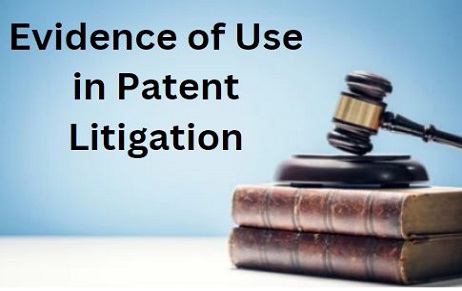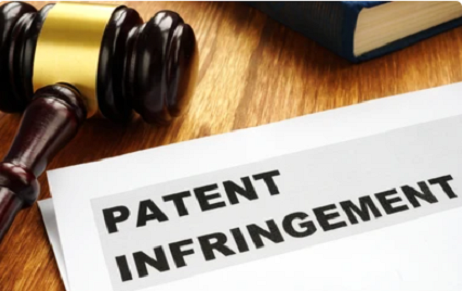All over the world today businesses strive for growth by maintaining a competitive edge in…
Nokia & Ipcom
Introduction:
It all started when the licensing deal between Nokia and Ipcom broke in Germany. From then, it was a legal war between these two giants. While Ipcom along with its bunch of patents trying to target each and every mobile model of its rivalry, Nokia trying to revocate Ipcom’s each patent one by one. For now, Ipcom sued Nokia for they infringed its UK patents “540 808” (“808”) and “1 186 189” (“189”).
Validity of “808” Patent:
In “808” patent the principal claim relates to a synchronization method for mobile radio telephones in a cellular network comprising number of fixed stations and mobile telephones based on a GSM method, the synchronization includes an initial synchronization, a normal operation synchronization and lock-on synchronization. Testing obviousness using the principles (structured approach) in the court was not a dispute point for either of the parties. However, Nokia pointed out the claim 1 was divided into three compartments as initial, normal and lock-on synchronization, and hence in such a case it is legitimate to look into parts separately and to determine they were inventive individually. The judge agreed and Nokia presented a publication “GSM recommendations” for the obviousness attack. Nokia also relied on “Baier” patent publication and “D’ Avella”, an IEEE journal publication. The patent is anticipated by the prior art “GSM” except the data pre processing portion that happens in the normal synchronization. Also, based on the judge construction of claim and specification, “Baier” teaching of Pre-processing is very much obvious to one skilled in the art as “Baier” patent is related to a GSM scheme. Inspite of Ipcom’s argument on the technical point, Judge was of the opinion and concluded that the prior art “D’Avella” also discloses about preprocessing and hence finally concluded that the patent “808” is obvious in light of common general knowledge or in light of “Baier”, “D’Avella” and Common general knowledge taken together.
Infringement by Nokia 6300:
The judge noted that the Nokia 6300 which operates in EDGE mode, can use either GMSK or 8PSK modulation depending on the channel conditions. When 6300 uses GMSK, it follows a GSM method. The judge concluded that if the patent is valid, then the 6300 would infringe the Claims 1, 9 and 11.
Validity of “189” Patent:
In “189” patent the principal claim relates to a method for allocating access rights to atleast one subscriber station in the telecommunications network. The method further includes a check process whenever the subscriber station receives a receipt or an acknowledgment of an access authorization data. The method carries out the check process to determine whether the access authorization data that has threshold value (s) being compared to a Pseudorandom number (R).
It will be interesting to note that the judge refused to accept Nokia’s claim construction particularly in the check process. Nokia construction on check process as to whether the access threshold information is being transmitted and as such this is of no interest to the mobile station. According to judge claim construction, the check process is a check whether the mobile station is to use part of the access information to perform the access threshold function. Nokia relies on “GSM recommendation” prior art which includes a GPRS and it is an add-on to GSM. It was a piece of cake to destroy the novelty of Claim 1. The key feature “check process” to do an access threshold test is clearly disclosed in the prior art. Also, Judge issued the same opinion when Nokia pleaded to discuss the second prior art “Ericsson”. Finally, the judge concluded that there is no need to go into obviousness section over common general knowledge as it is not going to add significant value (most of them are covered in GPRS “GSM recommendation” part).
Infringement by Nokia N96:
The functioning of Nokia N96 is based on UMTS standard. Refusing to take the Nokia’s stand on infringement, Judge declares that the N96 performs both types of check as required by claim1. Therefore if “189”patent is valid, Nokia N96 would have infringed.
Although, Nokia won the battle, still the Legal War is on…as there are more cases to come…No doubt Ipcom, – $ 18 bn (approx) in the present battle, will evaluate the patent portfolio it has (including the acquired patents!) and strongly comeback against Nokia next time…
Case Nos: HC 08C02525 and HC 08C03143
Author – Veera Raghavan Rajendran, Senior Patent Consultant
The author can be reached: [email protected].


